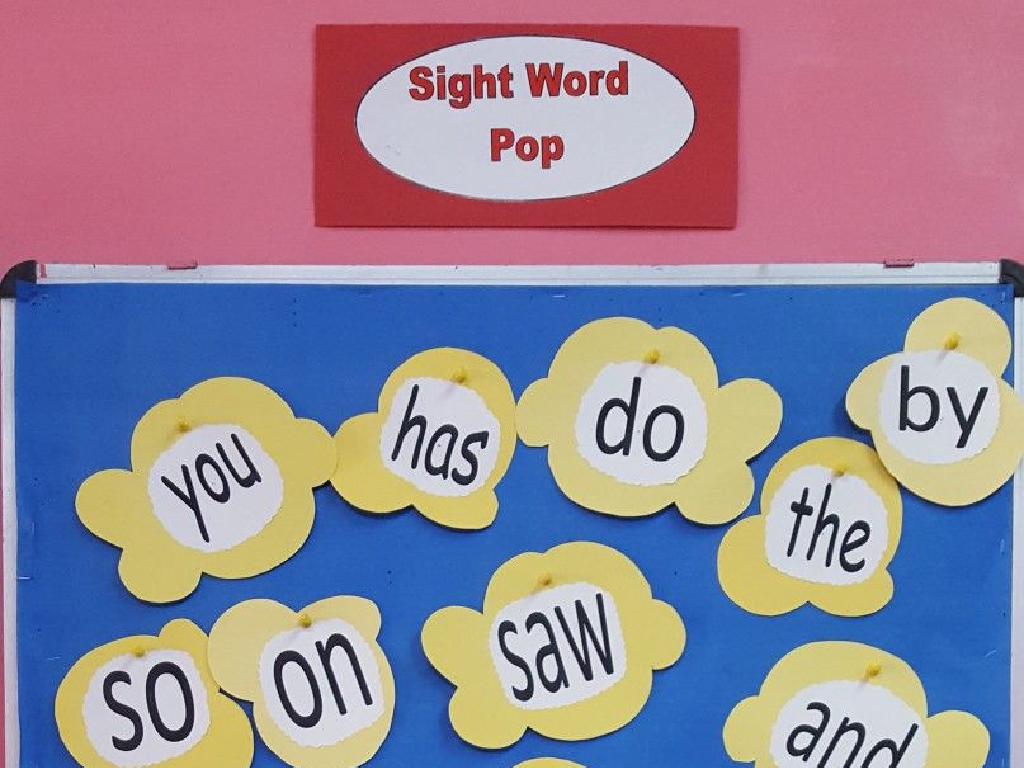Benefits Of Group Behavior: North American Caribou
Subject: Science
Grade: Third grade
Topic: Animals
Please LOG IN to download the presentation. Access is available to registered users only.
View More Content
Teamwork in the Animal Kingdom: North American Caribou
– Animals often stick together
– Like a sports team, animals have roles and work as a team
– Working together helps survival
– Groups can find food easier and protect each other from predators
– Meet the North American caribou
– Caribou, also known as reindeer, live in cold places and travel in groups
– Caribou’s group behavior benefits
– Traveling in herds helps caribou find food and keep safe from wolves
|
This slide introduces third-grade students to the concept of group behavior in animals, using the North American caribou as a case study. Start by discussing how animals, like people, often stick together in groups to help each other out. Explain that by working together, animals can better find food, protect themselves from danger, and take care of their young. Introduce the North American caribou, describing their habitat and how they travel in large herds. Emphasize the benefits of their group behavior, such as increased vigilance against predators and the ability to find food more efficiently. Encourage students to think of other animals that work together and how it might help them survive.
Group Behavior in Animals: Caribou Herds
– What is group behavior?
– It’s how animals act together with their friends.
– Examples of animal groups
– Like birds in flocks or fish in schools.
– Caribou move in herds
– North American caribou also stick together in big groups.
– Benefits of being in a group
– Staying in groups keeps them safe and helps them find food.
|
This slide introduces the concept of group behavior in animals, focusing on the North American caribou. Group behavior refers to the ways animals interact and live together within their species. Provide examples that children can visualize, such as birds flying together or fish swimming in a group. Emphasize that caribou, like many other animals, form herds, which is their way of living in a group. Discuss the advantages of such behavior, including protection from predators and easier foraging for food. Encourage the students to think about why being in a group might be helpful by asking them to imagine what it’s like to be a caribou in the wild. This will prepare them for a deeper discussion on the benefits of group behavior in animals.
Teamwork in the Wild: Caribou Herds
– Safety in numbers
– Predators get confused by large, moving groups.
– Teamwork in finding food
– Caribou work as a team to search for food, ensuring all get fed.
– Protecting the young together
– Baby caribou are kept safe by the watchful eyes of the whole herd.
|
This slide aims to teach third-grade students about the benefits of group behavior in animals, using North American caribou as an example. Discuss how staying in groups helps caribou to protect themselves from predators, as it’s harder for a predator to target a single caribou when they move as a herd. Explain that by moving together, they can cover more ground to find food, which is especially important in the harsh environments they live in. Emphasize the communal care for the young, where all members of the herd help to protect and look after the calves. Use this opportunity to highlight the importance of teamwork and how it can be applied in the students’ lives as well.
Teamwork in the Wild: Caribou Herds
– Caribou, also called reindeer
– Habitat: Northern North America
– Traveling as a team
– Move together for safety and finding food
– Benefits of group living
– Helps in protecting calves, sharing information
|
This slide introduces the North American Caribou, also known as reindeer, and their group behavior. Caribou are well-adapted to the cold environments of the northern parts of North America. They are known for living and traveling in groups, which is a behavior that offers numerous benefits. Group travel helps caribou to protect themselves from predators, find food more efficiently, and navigate their long migratory routes. It also allows for the sharing of information and protection of the young calves within the herd. Discuss with the students how teamwork is important not just among people, but in animal communities as well. Encourage them to think of other animals that live in groups and what advantages they might gain from this behavior.
Caribou Migration: A Journey Together
– What is migration?
– Moving to find food or warmth
– Caribou’s incredible journey
– Caribou migrate over 3,000 miles!
– Traveling in herds for safety
– Staying in groups protects them from predators
– Working together to find the way
– Older caribou lead and teach the young ones
|
This slide introduces the concept of migration, specifically relating to the North American caribou. Migration is explained as a long journey animals undertake, usually for food or better weather conditions. Emphasize the extraordinary distance caribou travel, which is one of the longest migrations in the animal kingdom. Discuss the safety benefits of traveling in large herds, such as protection from predators and the collective knowledge of the group in navigating the route. Encourage students to think about how teamwork in their own lives can help achieve goals, just like caribou working together during migration.
Challenges of Caribou: Surviving Together
– Caribou face harsh weather
– Snow and cold can be tough
– They cross rivers and mountains
– Rivers and mountains are hard to navigate alone
– Predators threaten caribou
– Wolves and bears hunt caribou
– Group behavior helps survival
|
This slide aims to educate third-grade students on the various challenges that North American caribou encounter in their natural habitat. Emphasize the harsh weather conditions they endure, such as extreme cold and heavy snowfall, which can make finding food and staying warm difficult. Discuss the physical challenges of migrating across wide rivers and rugged mountains, which can be dangerous and exhausting. Highlight the threat of natural predators like wolves and bears, which can be particularly risky for young or weak caribou. Finally, explain how caribou benefit from group behavior, such as huddling for warmth, helping each other cross obstacles, and protecting one another from predators. Group behavior is a key survival strategy for caribou, and it’s an excellent example of cooperation in the animal kingdom.
Teamwork in the Wild: Caribou Collaboration
– Caribou stick together for warmth
– Like a big, furry blanket with friends
– Hooves are shovels for food
– They use their hooves to dig through snow to find hidden plants
– Adults form a protective circle
– Baby caribou stay safe in the middle of the circle
– Teamwork helps survival
|
This slide aims to teach students about the benefits of group behavior in North American caribou. Discuss how staying together helps caribou keep warm in harsh climates, much like huddling for warmth during a chilly day. Explain how their hooves are not just for walking but also serve as tools to uncover food beneath the snow. Highlight the protective strategy of adult caribou forming a circle around the young to fend off predators, similar to how students might stand in a circle during a game to protect something important. Emphasize that teamwork is essential for the caribou’s survival, just as it is in human communities. Encourage students to think of times when they work together with others to overcome challenges.
Class Activity: Be a Caribou Herd!
– Form a ‘herd’ with classmates
– Move together like caribou
– Protect ‘young’ from ‘predators’
– Learn survival advantages
– Groups can better detect danger and defend each other
|
This interactive activity is designed to help students understand the benefits of group behavior in animals, specifically North American caribou. Organize the students into a herd and select a few ‘predators’. The ‘herd’ will move around the classroom, attempting to keep the ‘young’ (select smaller students for this role) in the center for protection. The ‘predators’ will try to ‘hunt’ the ‘young’. Through this activity, students will experience firsthand how caribou use group behavior for survival by protecting their young and using the power of the group to detect and deter predators. After the activity, discuss with the class what they learned about group behavior and how it can be advantageous for survival in the wild. Encourage them to think of other animals that use similar strategies.






